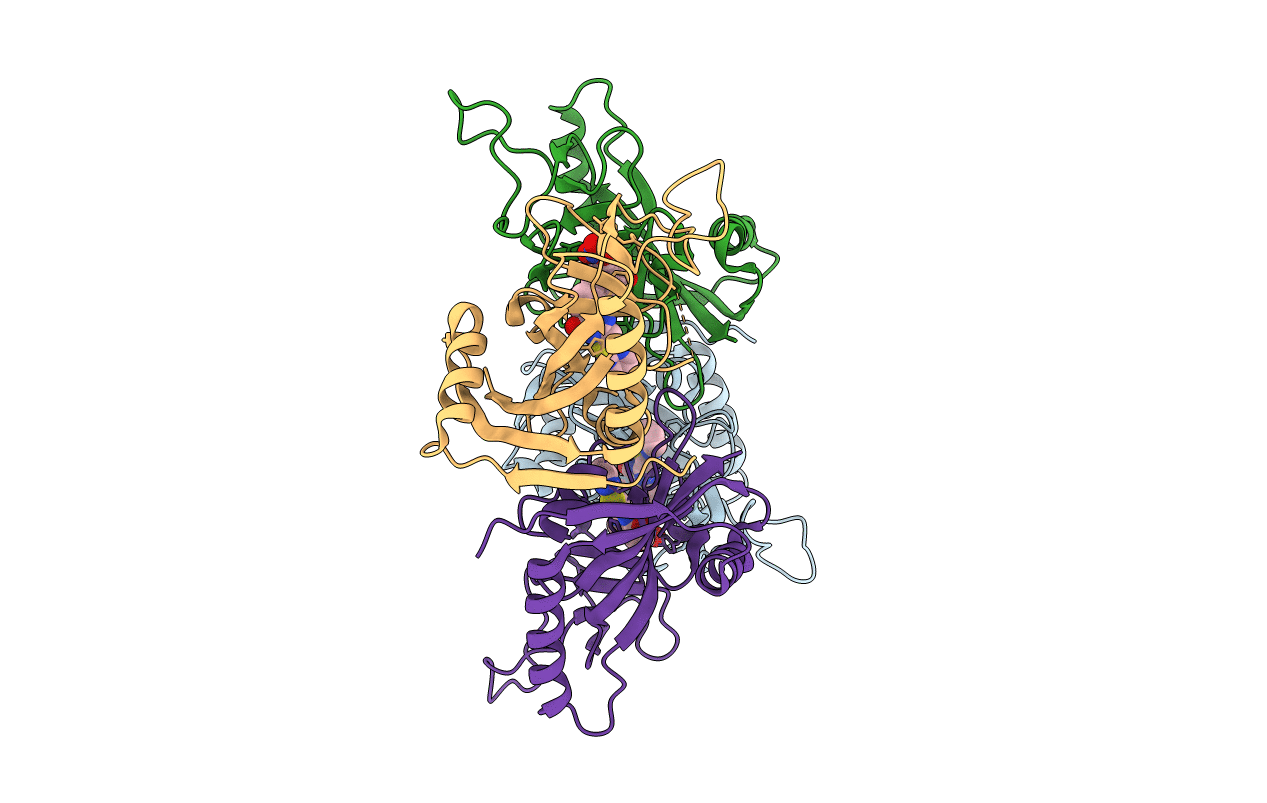
Deposition Date
2018-03-12
Release Date
2019-02-20
Last Version Date
2024-11-20
Entry Detail
PDB ID:
6FYM
Keywords:
Title:
Human PARP14 (ARTD8), catalytic fragment in complex with inhibitor ITK1
Biological Source:
Source Organism:
Homo sapiens (Taxon ID: 9606)
Host Organism:
Method Details:
Experimental Method:
Resolution:
2.15 Å
R-Value Free:
0.22
R-Value Work:
0.19
R-Value Observed:
0.19
Space Group:
P 1


